SIX THINGS WE NOTICED FROM MARTIN O’NEIL TRAINING SESSION INCLUDING SHOCK POSITION CHANGE
In a surprise development that has reignited nostalgia and excitement among Celtic supporters, new training footage featuring Martin O’Neill has surfaced — and it’s already generating huge buzz across social media and football forums. The legendary former manager, whose first spell at Celtic Park was marked by unforgettable European nights and domestic dominance, has once again been spotted on the Lennoxtown training pitches overseeing a session with the current Celtic squad.
The footage, released via Celtic TV, offered a rare behind-the-scenes glimpse at O’Neill’s methods and influence. Despite being away from day-to-day club management for years, O’Neill’s presence appeared to immediately lift the tempo and energy around the camp. From his trademark hands-in-pockets stance to his sharp instructions and old-school drills, it was a fascinating reminder of what made him such a respected figure in Scottish football.
After carefully analysing the session, here are six key takeaways from Martin O’Neill’s return to the training ground — including a shock position change that left fans both surprised and intrigued.
1. The Return of Intensity: O’Neill’s Old-School Training Philosophy Still Shines Through
The first thing that jumped out from the footage was the intensity of the session. O’Neill’s teams were always known for their physicality, aggression, and discipline — qualities that defined his Celtic sides in the early 2000s. Watching him back on the training ground, it was as if time had stood still.
Players were seen involved in tight-possession drills, small-sided games, and high-tempo pressing exercises — all staples of O’Neill’s approach. Every player was expected to give maximum effort, and O’Neill’s vocal instructions ensured no one slacked off. His no-nonsense manner contrasted with the more analytical, technology-driven methods common in modern football, yet the players responded positively.
Observers noted that several younger players looked visibly sharper as the session progressed, suggesting that O’Neill’s motivational aura still has a powerful effect. One thing is certain — intensity remains non-negotiable under Martin O’Neill.
2. Tactical Tweaks: Narrow Shape and Direct Transitions
One of the most interesting tactical details in the session was the narrow attacking shape O’Neill appeared to favour. During the drills, wingers were frequently seen tucking inside, supporting the striker and attacking midfielders to create quick central combinations. This was vintage O’Neill — prioritising compactness and quick transitions over wide, possession-heavy play.
When his Celtic sides at the start of the millennium were at their peak, they thrived on fast counterattacks and direct forward passes, often using strong centre-forwards as focal points. It appears he was revisiting that same blueprint, perhaps suggesting how he believes this Celtic team could add more unpredictability to their current, often methodical build-up.
The coaching staff were also observed encouraging defenders to bypass midfield with long diagonal passes — another classic O’Neill tactic that relies on power, positioning, and second-ball recoveries. While it might seem a throwback to an older era of football, it underscored O’Neill’s enduring belief in simplicity, decisiveness, and direct attacking threat.
3. The Shock Position Change: A Key Player Deployed in an Unfamiliar Role
Perhaps the biggest talking point from the training session was a surprise positional switch that few could have predicted. Footage appeared to show one of Celtic’s more attack-minded players being trialled in a deeper midfield role — a tactical experiment that immediately caught the attention of fans online.
While Celtic TV footage did not officially confirm identities or line-ups, observers noted that the player — typically known for his pace and creativity in forward areas — was operating centrally, often collecting the ball from defenders and dictating play. This role reversal could indicate a new strategic idea: converting an offensive player into a deep-lying playmaker capable of driving attacks from deeper areas.
Such a move wouldn’t be entirely out of character for O’Neill. During his first Celtic spell, he famously redefined several players’ positions, such as converting defenders into holding midfielders and wingers into auxiliary forwards. It’s possible that this experiment was designed to test adaptability, tactical awareness, or simply inject fresh energy into the midfield dynamic.
Regardless of the reasoning, the “shock position change” has certainly given fans something to debate — and could even influence future team selections if the experiment proves successful.
4. Leadership and Communication: O’Neill Still Commands the Dressing Room
One of Martin O’Neill’s greatest strengths has always been his ability to connect with players. Whether through fiery half-time talks, quiet one-to-one conversations, or clever man-management, he has a knack for motivating individuals to perform beyond their perceived limits.
The footage captured several moments of O’Neill speaking directly to players between drills — gesturing, encouraging, occasionally laughing, but always maintaining authority. His calm yet commanding tone suggested a man fully in control of his environment.
Coaches often talk about the “aura” great managers possess, and O’Neill still clearly has it. Even in a modern training setting surrounded by analytics and assistant coaches, his presence stood out as the central guiding force.
Young players, in particular, appeared captivated — hanging on his every word. It’s this combination of authority and inspiration that made O’Neill’s previous Celtic sides so mentally resilient, and it seems those same leadership traits are alive and well.
5. Blending Tradition with Modernity: Working Alongside Celtic’s Current Coaching Team
Another fascinating aspect of the session was how seamlessly O’Neill integrated with the current coaching setup. Modern training sessions rely heavily on sports science, GPS tracking, and data analysis — tools that were not as prevalent during O’Neill’s managerial peak. Yet, the footage suggested he was more than comfortable collaborating with today’s staff.
O’Neill was seen deferring at times to assistants and analysts who were collecting data on player performance, showing his openness to evolving methods. At the same time, his voice remained the loudest and most influential on the pitch, bridging the gap between the old-school mentality and the modern analytical approach.
This blend of experience and innovation could be exactly what Celtic need to maintain their domestic dominance while sharpening their competitiveness in Europe. The footage demonstrated that football philosophy doesn’t have to be divided between past and present — the best systems combine both.
6. Emotional Resonance: O’Neill’s Presence Rekindles Celtic Spirit
Perhaps the most intangible yet powerful takeaway from the footage was the emotional connection between Martin O’Neill and the Celtic environment. Fans watching the clips could not help but feel nostalgic — the green training bibs, the sharp shouts of instruction, and the familiar figure in the club’s tracksuit evoked memories of a glorious era.
For players too, there appeared to be a sense of pride and reverence. Many of the current squad grew up hearing stories of O’Neill’s Celtic sides that went toe-to-toe with Europe’s best, and working under his guidance — even briefly — offered a link to that illustrious history.
Football is not just about tactics or conditioning; it’s also about identity, spirit, and connection. O’Neill’s reappearance at Lennoxtown seemed to remind everyone of the club’s DNA — hard work, passion, and a relentless desire to win. As one observer put it, “You could almost feel the old Celtic spirit come alive again.”
Final Thoughts: A Legacy That Still Inspires
The emergence of this training footage serves as a powerful reminder that true managerial class never fades. Martin O’Neill’s methods may belong to a different era in some respects, but the principles he champions — intensity, belief, discipline, and unity — are timeless.
His return to the training ground, even if temporary or symbolic, highlights the enduring influence he has on Celtic’s culture. Whether the session was part of a mentorship programme, a club initiative, or simply a guest appearance, it has clearly resonated deeply with both fans and players alike.
And of course, the shock position change has added a layer of intrigue — proof that O’Neill’s tactical imagination remains as sharp as ever. In a world of modern football obsessed with pressing metrics and possession percentages, his straightforward yet effective philosophy is a refreshing reminder that simplicity and passion still win games.
As the footage continues to circulate, one thing is certain: Martin O’Neill’s legacy at Celtic remains undiminished. His short return has once again united the club’s past and present — and perhaps offered a few lessons for the future, too.
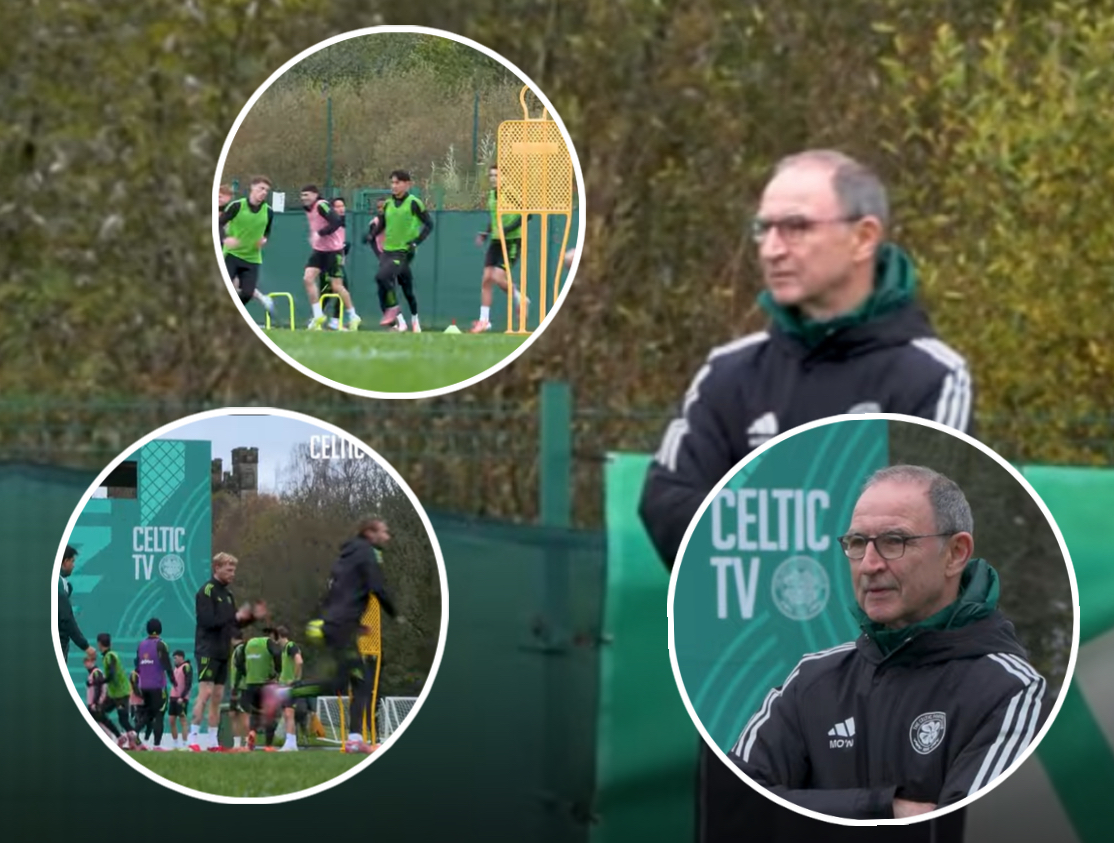



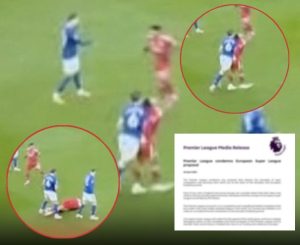
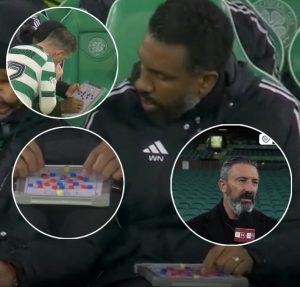
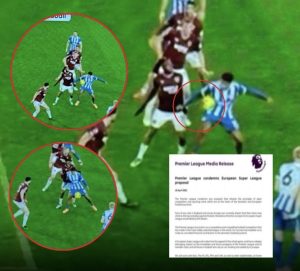
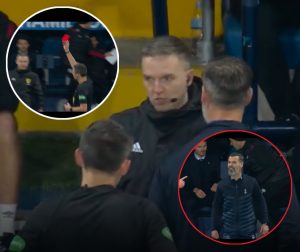
Post Comment